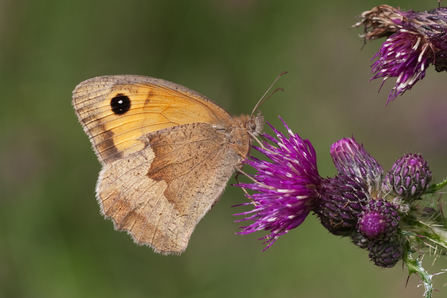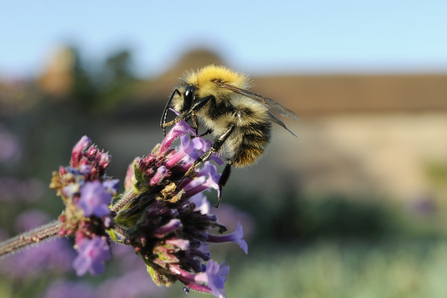The sun is shining, blue skies stretch as far as the eye can see, and birds sing loudly as I take in the beautiful meadows at Allestree Park. Today is National Meadows Day, a day celebrating this incredible habitat that not only provides an essential resource for wildlife but also brings people joy.
Wildflower meadows come to life in the spring and summer. The buzz of bumblebees can be heard as they fly from flower to flower collecting pollen on their hind legs and feasting on nectar. Butterflies can be seen flitting over the tall vegetation, birds of prey circle high above on the lookout for small mammals, and at night, the nocturnal insects come out while the bats hunt. Meadows are an important habitat that can support nearly 1,400 invertebrate species plus numerous others. I love a wildflower meadow but as meadow owners will tell you, they need the right conditions to thrive.



